Prambanan or Rara Jonggrang Javanese is a
9th-century Hindu temple compound in Special Region of Yogyakarta, Indonesia,
dedicated to the Trimurti, the expression of God as the Creator (Brahma),
the Preserver (Vishnu) and the Transformer (Shiva). The temple compound
is located approximately 17 kilometres northeast of the city of Yogyakarta
on the boundary between Central Java and Yogyakarta provinces.
The temple compound, a UNESCO World Heritage Site,
is the largest Hindu temple site in Indonesia and the second-largest in
Southeast Asia. It is characterized by its tall and pointed architecture,
typical of Hindu architecture, and by the towering 47-metre-high central
building inside a large complex of individual temples. Prambanan attracts
many visitors from around the world.
In the 930s, the court was shifted to East Java by
Mpu Sindok, who established the Isyana Dynasty. An eruption of Mount Merapi
volcano, located north of Prambanan in central Java, or a power struggle
probably caused the shift. That marked the beginning of the decline of
the temple. It was soon abandoned and began to deteriorate.
The temples collapsed during a major earthquake in
the 16th century. Although the temple ceased to be an important center
of worship, the ruins scattered around the area were still recognizable
and known to the local Javanese people in later times. The statues and
the ruins became the theme and the inspiration for the Loro Jonggrang folktale.
After the division of Mataram Sultanate in 1755, the temple ruins and the
Opak River were used to demarcate the boundary between Yogyakarta and Surakarta
(Solo) Sultanates, which was adopted as the current border between Yogyakarta
and the province of Central Java.
The Javanese locals in the surrounding villages knew
about the temple ruins before formal rediscovery, but they did not know
about its historical background: which kingdoms ruled or which king commissioned
the construction of the monuments. As a result, the locals developed tales
and legends to explain the origin of temples, infused with myths of giants,
and a cursed princess.
The temple attracted international attention early
in the 19th century. In 1811 during the short-lived British occupation
of the Dutch East Indies, Colin Mackenzie, a surveyor in the service of
Sir Thomas Stamford Raffles, came upon the temples by chance. Although
Sir Thomas subsequently commissioned a full survey of the ruins, they remained
neglected for decades. Dutch residents carried off sculptures as garden
ornaments and native villagers used the foundation stones for construction
material.
Half-hearted excavations by archaeologists in the 1880s
facilitated looting. In 1918, the Dutch began reconstruction of the compound
and proper restoration only in 1930. Efforts at restoration continue to
this day. The reconstruction of the main Shiva temple was completed around
1953 and inaugurated by Sukarno. Since much of the original stonework has
been stolen and reused at remote construction sites, restoration was hampered
considerably. Given the scale of the temple complex, the government decided
to rebuild shrines only if at least 75% of their original masonry was available.
Most of the smaller shrines are now visible only in their foundations,
with no plans for their reconstruction. (Continued in Part 13)
~ Wikipedia

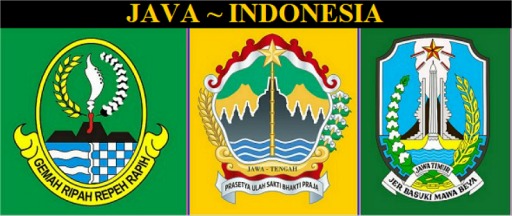


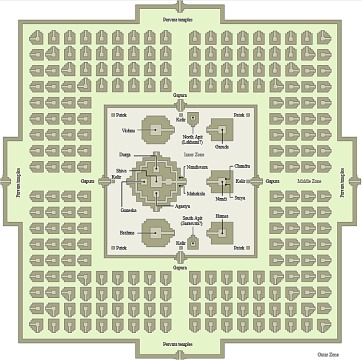
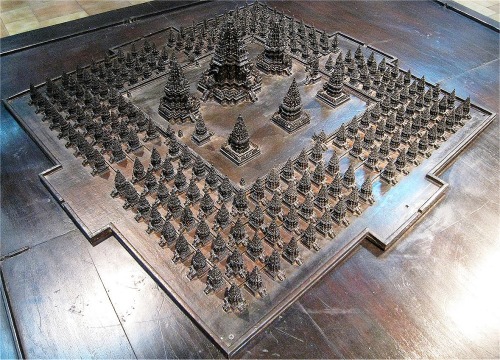
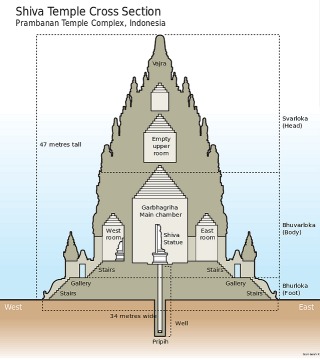
![]()
![]()
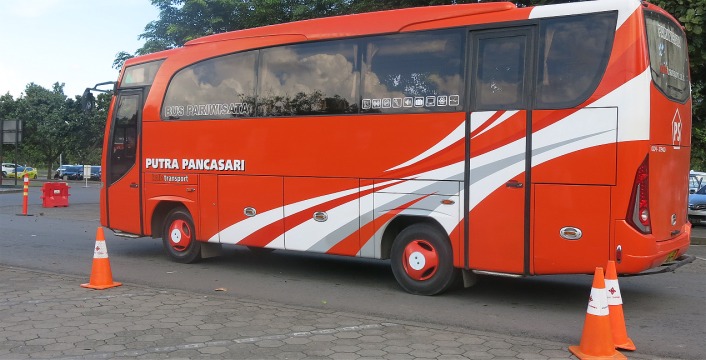
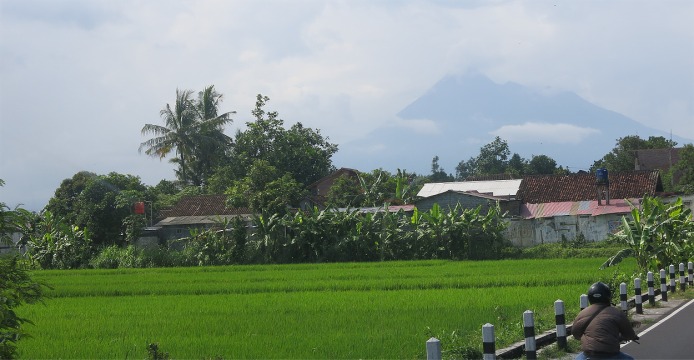
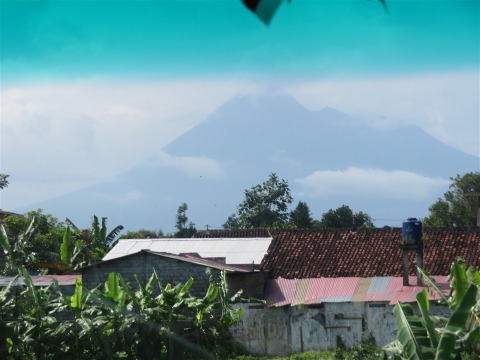 .
.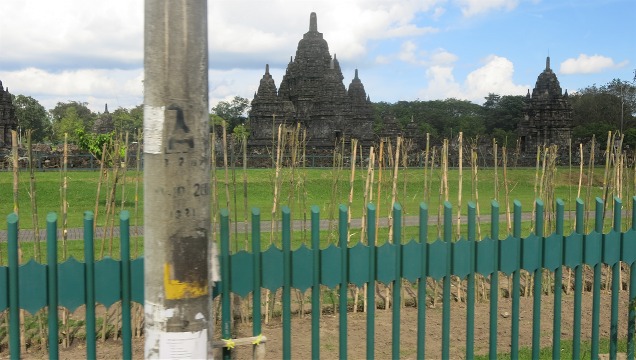
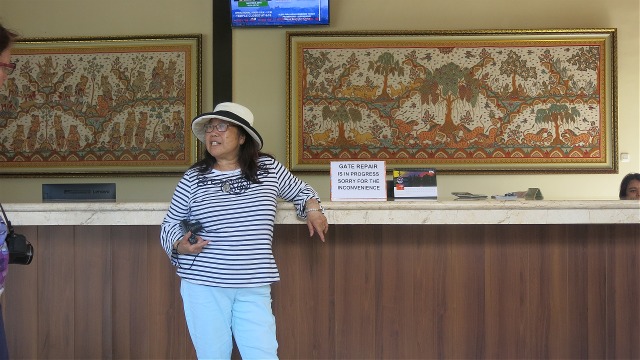
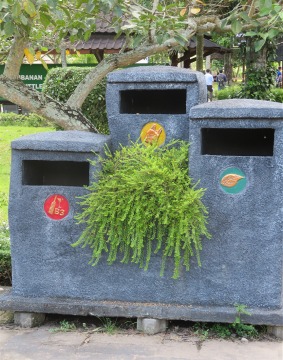 .
.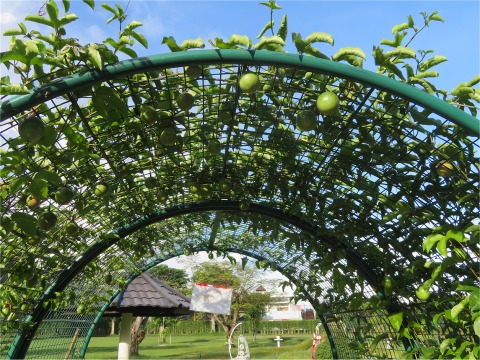
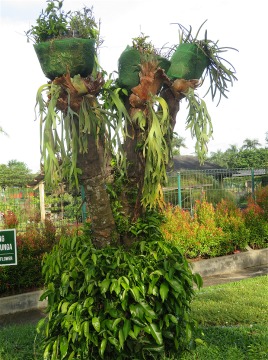
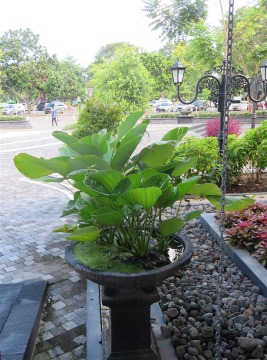 .
.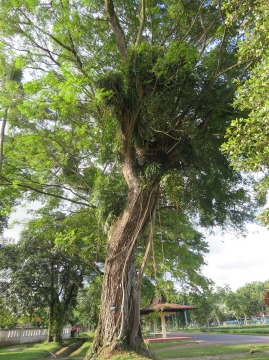 .
.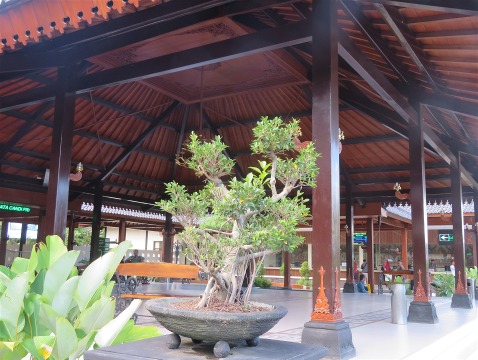
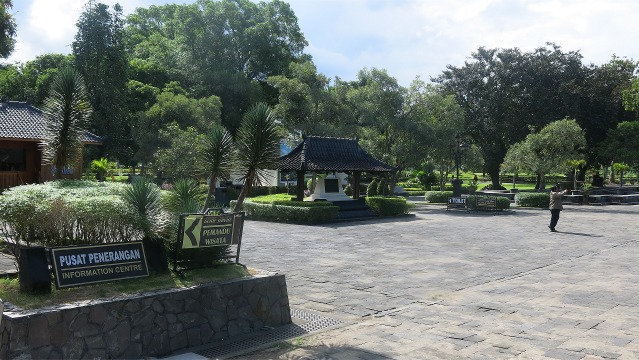
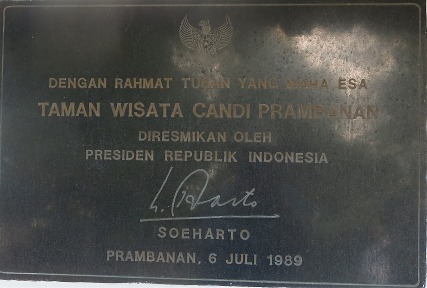
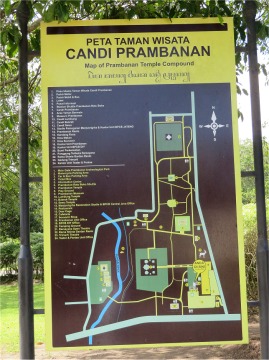
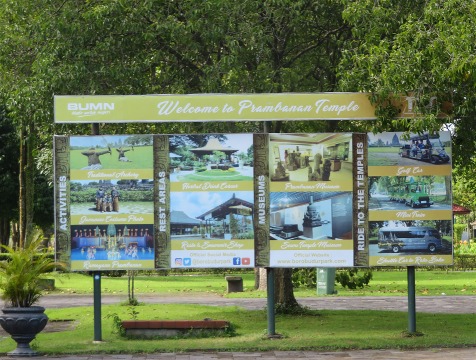
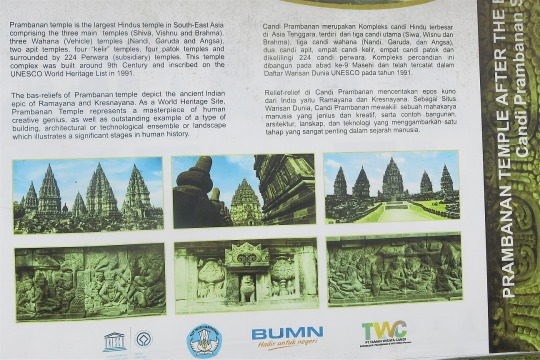
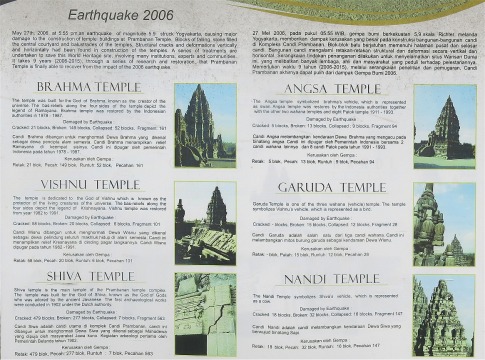
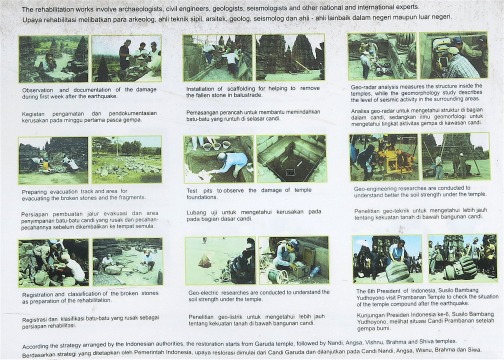
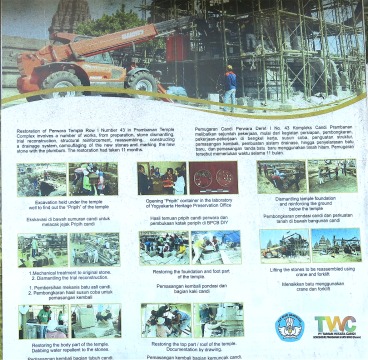
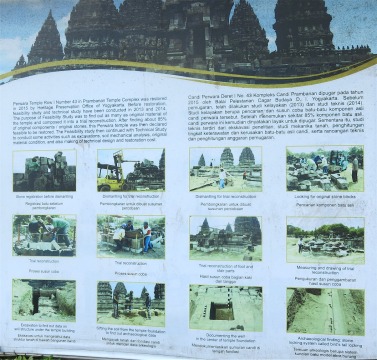 .
.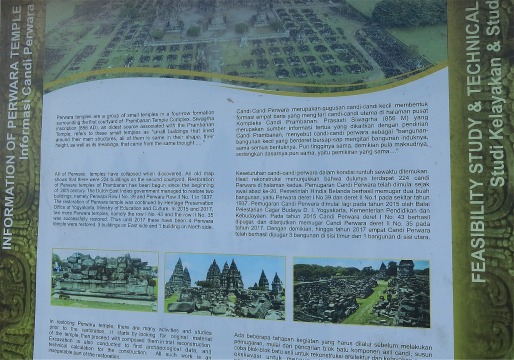 .
.
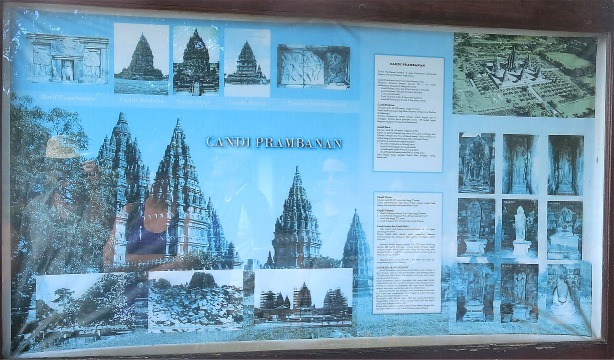
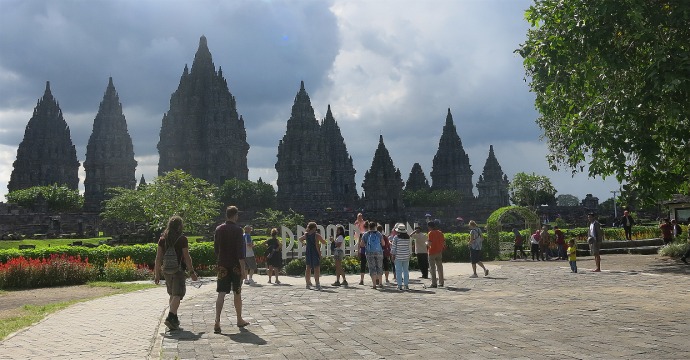
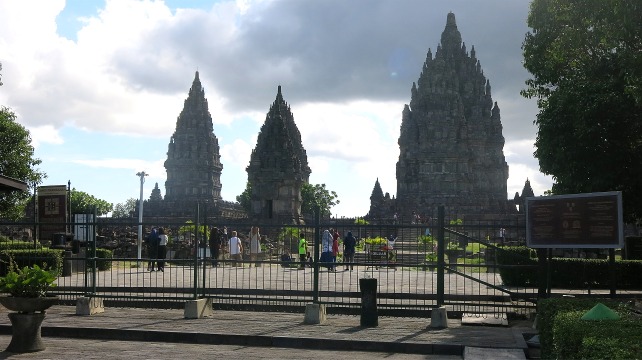 .
.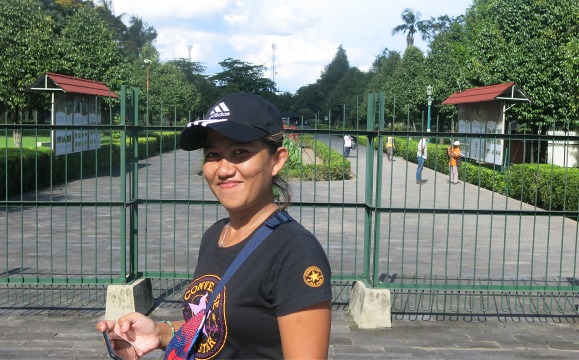
![]()
![]()
![]()
![]()
![]()